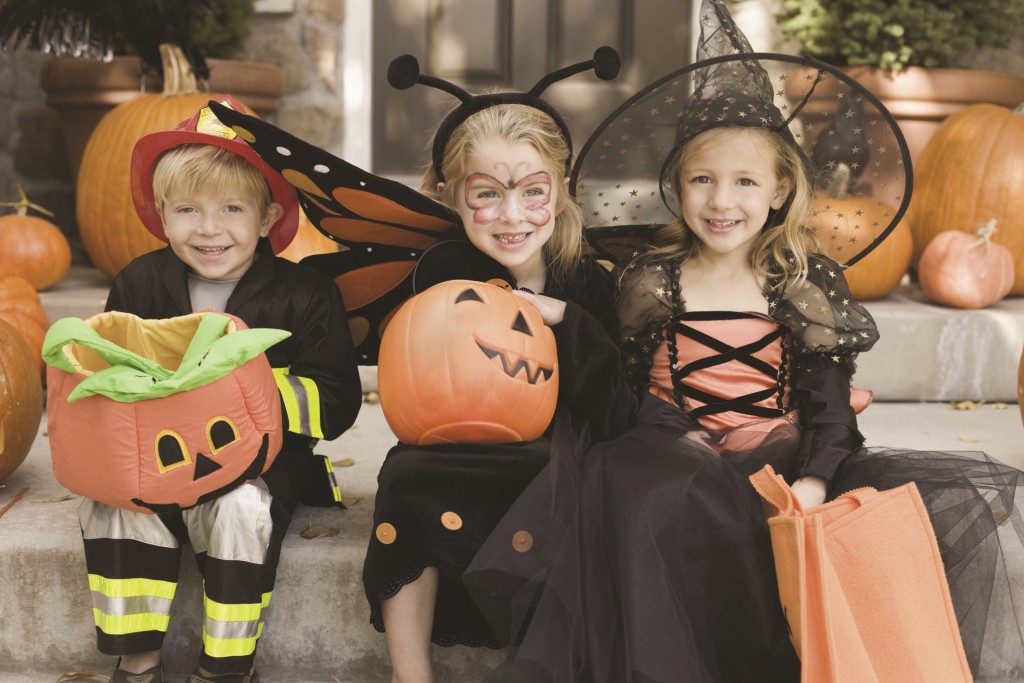Halloween is a unique day each year when people gather together for parties, parades and of course, trick-or-treating. October 31 is a day that most children eagerly await each year because it means an opportunity to don a costume and come home with bags full of sweet treats.
This year Halloween figures to look different than it has in years past. Homes may have carved pumpkins on the doorstep and paper ghosts blowing on tree branches. And horror movies will no doubt dominate streaming service top 10 lists. But thanks to the COVID-19 virus, certain Halloween traditions may not be possible. Depending on regulations in your city or town, parties, trick-or-treating and school functions (if school is in session) may be canceled or significantly modified. Since COVID-19 is so easily spread, health officials have long touted the need for social distancing. And while masks in public have long since become the norm, Halloween masks may not be sufficient.
The coronavirus already has scared off some Halloween attractions. Universal Orlando, Disney World and Disneyland have canceled mainstream Halloween events for this year. Plus, a recent Harris poll on Halloween found that, of the 1,970 adults polled, nearly three out of four people have no plans to take their children trick-or-treating. So what is the public to do in the wake of the risks of going out for Halloween?
• Maintain social distancing if trick-or-treating is allowed. This could mean staggering times to go on the search for candy and avoiding homes where trick-or-treaters have already lined up.
• Consider small gatherings that enable youngsters to exchange candy with a limited group of friends or neighbors. • Head to the mall or nearby stores in costume and get candy from retailers where it may be easier to maintain distance.
• Wear your mask or special face coverings when trick-or-treating. Consider building a costume around the masks so it fits with the Halloween theme.
• Wash hands frequently or use hand sanitizer when water and soap is unavailable. Limit the number of houses you visit to reduce your risk of infection.
• Ask family or friends to send digital treats, such as gift cards or certificates. Many restaurants may offer voucher programs for coupons for free ice creams at their locations, and while these may not be traditional Halloween goodies, ice cream is still sure to please youngsters.
• Consider car parades instead of traditional trick-or-treating.
Despite the COVID-19 virus, Halloween enthusiasts can find ways to be safe and have fun this year.

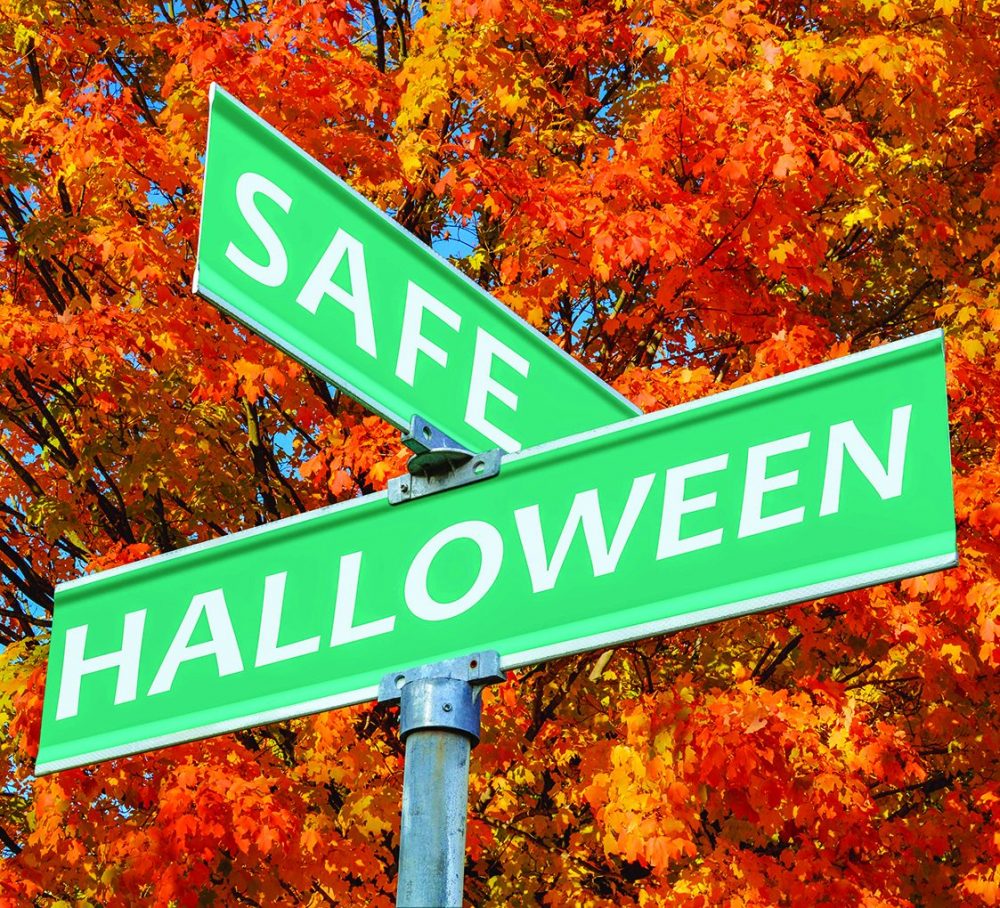
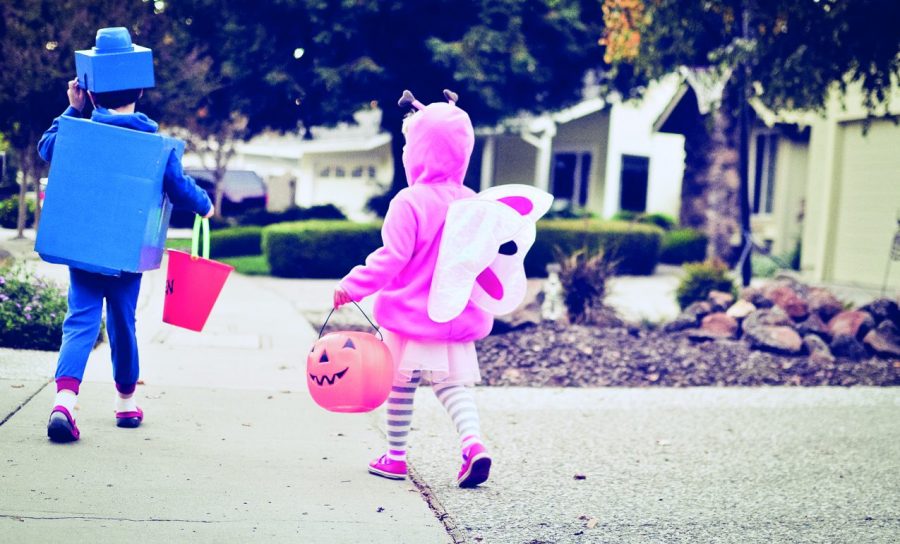
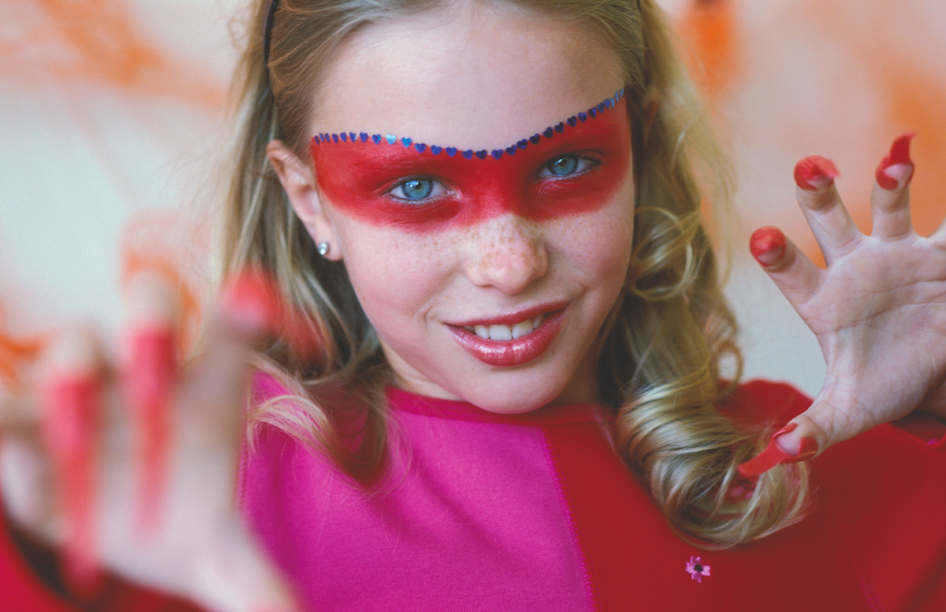
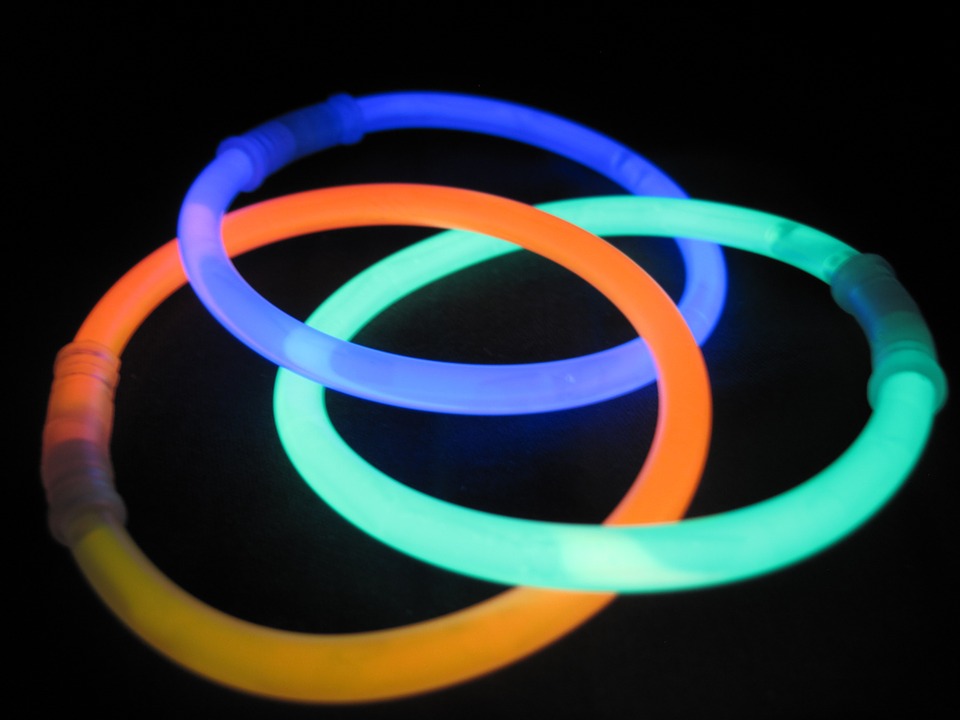 · Use reflective tape or LED lights. Dark costumes coupled with twilight can make it difficult for motorists to see trick-or-treating youngsters. Parents can improve the chances of their kids being seen by motorists by adhering reflective tape onto kids’ costumes. Glow sticks and wearable LED lights also can illuminate trick-or-treaters.
· Use reflective tape or LED lights. Dark costumes coupled with twilight can make it difficult for motorists to see trick-or-treating youngsters. Parents can improve the chances of their kids being seen by motorists by adhering reflective tape onto kids’ costumes. Glow sticks and wearable LED lights also can illuminate trick-or-treaters.
